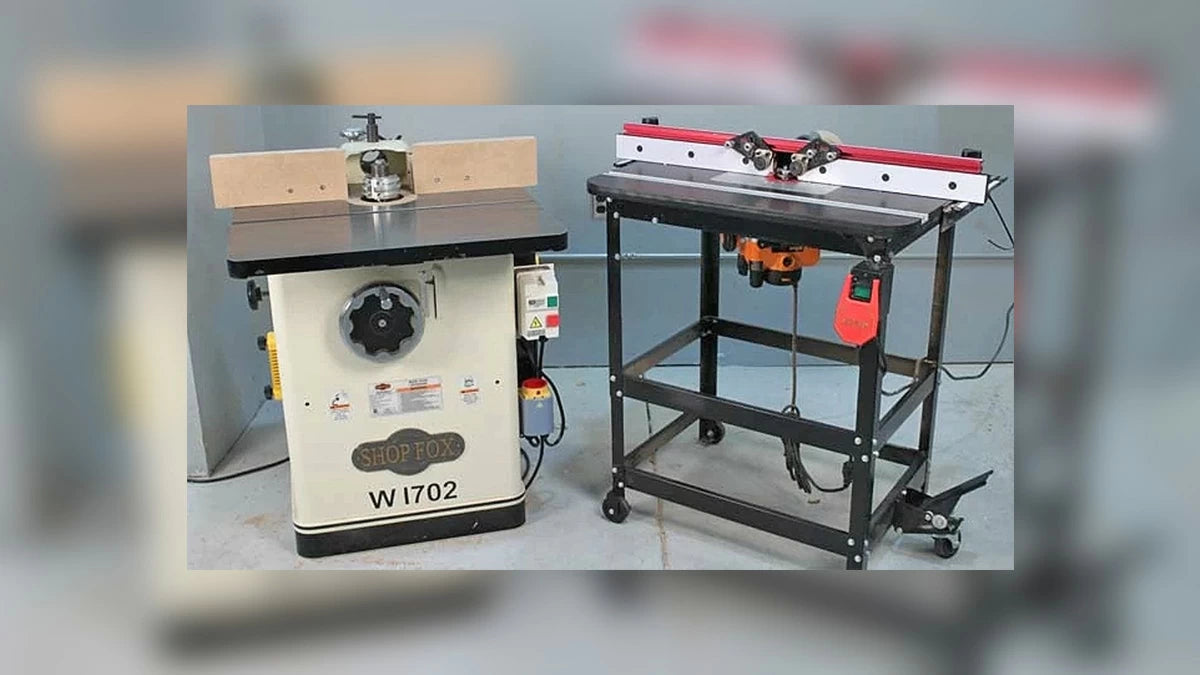
Here at Infinity Cutting Tools we often get asked some basic questions about shapers and why a woodworker might choose one over a router table. If you're wondering the same thing, here are my answers to 6 common questions about shapers.
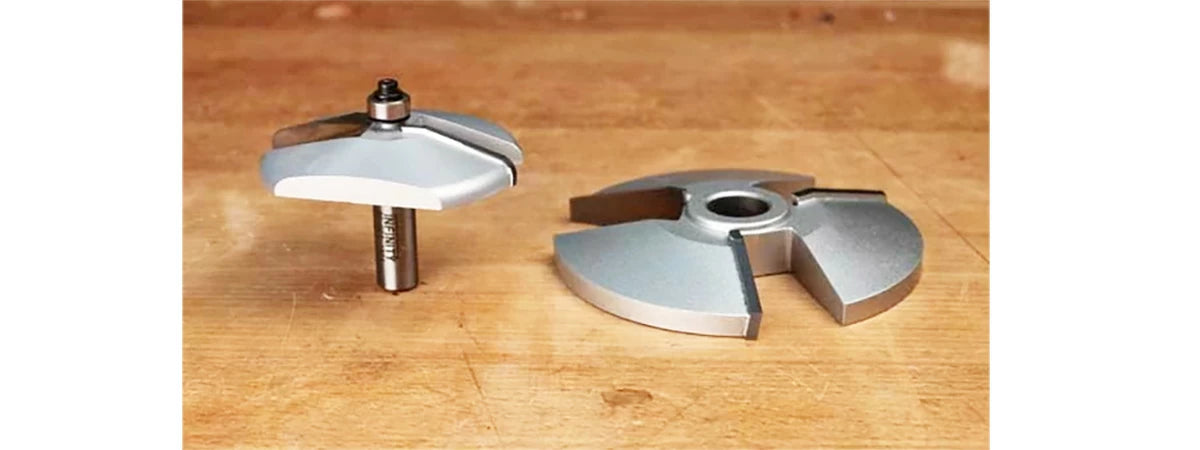
1. What is the difference between a shaper and a router table?
The biggest difference between the two is the type of cutter they use and how they are powered. Router tables use router bits that have a shank permanently attached to the cutter and a router mounted under the table. Shapers have a spindle that accepts a cutter head that slides onto the spindle. Spindle sizes range from 1/2"-diameter all the way up to 1-1/4" in diameter and are built for heavier duty use than a router. Shapers use a motor with a belt drive to power the spindle and can deliver more torque than a router. To make a comparison, the router table would be equivalent to a job-site or contractor table saw while the shaper would be similar to a cabinet saw.
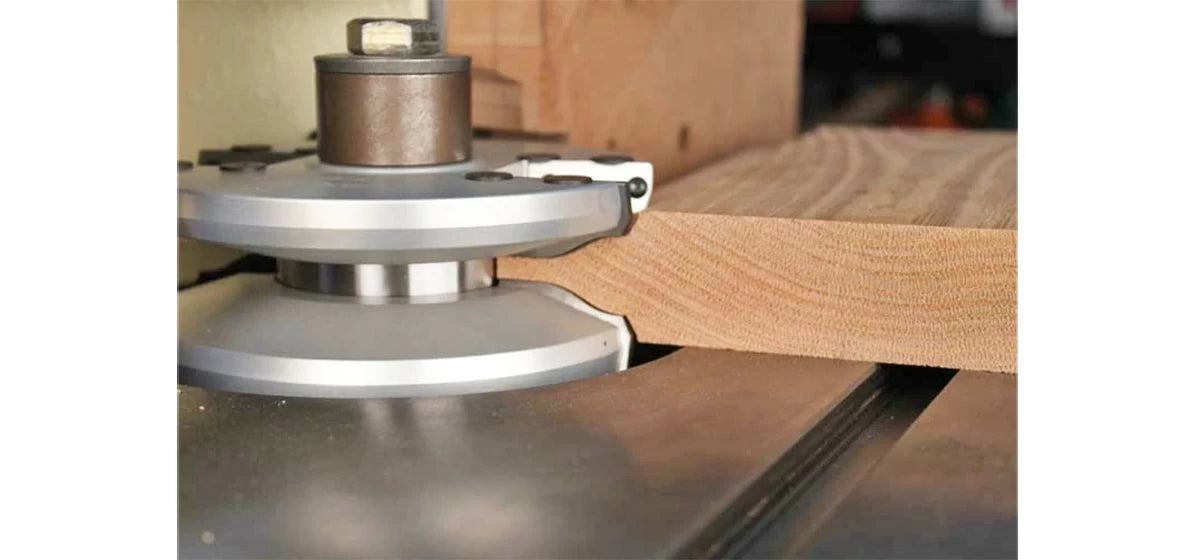
2. When would a shaper be a better choice than a router table?
Shapers are very well-suited to high volumes of work or heavy work like door-making. The heavy-duty spindle and large-diameter cutters can improve the life expectancy of the cutters and improve cutting action, especially on large cuts like raising panels. The power and mass of the shaper and shaper cutter allows heavy cuts to be made in a single pass where multiple passes would be required at the router table. This can save a lot of time in a production shop. But don't completely dismiss the router table.

3. Why are some shapers reversible?
While I'm not an expert on the origins of reversible shapers, I do know that this can be a very handy feature. With a router you can only make cuts in one direction. In some cases, it may be desirable to run material in the opposite direction. The grain direction on the workpiece might be a good reason to reverse the direction of cut in order to avoid tearout. With a reversible shaper, all that needs to be done is to flip the cutter over and reverse the rotation of the motor with the flip of a switch. Instead of feeding the material right-to-left in the conventional manner, you can now feed the material from left to right with the spindle spinning in the reverse direction. This also gives you the option to run things like raised panels or rail-and-stile cuts face-up or face-down depending on which might be better suited to the task.
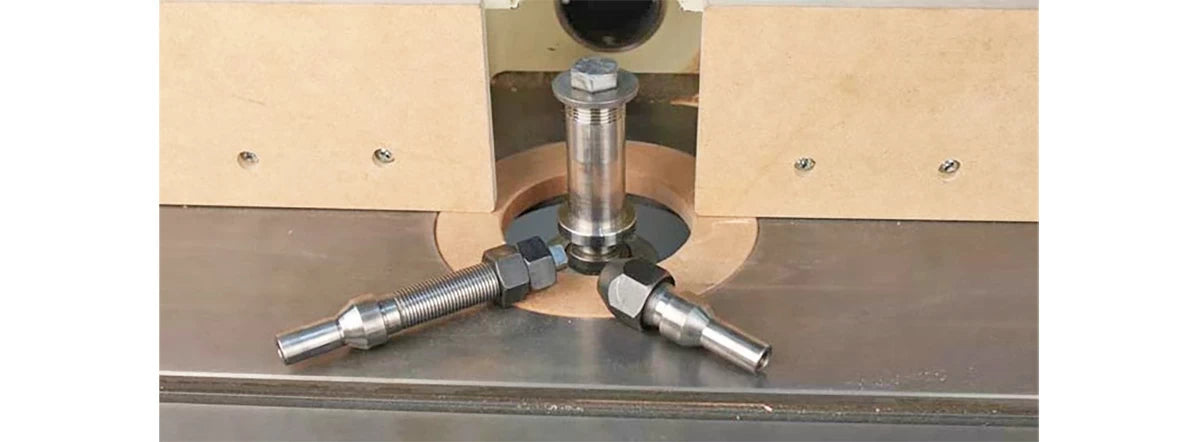
4. Can you run router bits in a shaper?
Sometimes. Many shapers come with a router collet that can be installed in place of the spindle. However, shapers typically spin at a much lower RPM than routers. This is acceptable for large-diameter bits like the Infinity Tools Mega Dado and Planer Bit or Ogee Raised Panel Router Bit with Backcutter, but it's much too slow for a bit such as a 1/4" round-over bit. The highest speed on a 2-speed shaper is typically around 10,000 rpm, which is about 2,000 RPM slower than the slowest setting on a variable-speed router.

5. What size shaper should I buy?
This greatly depends on the work you plan to do. Shapers come in many different sizes and configurations. If you're a serious hobby or custom furniture maker, a small shaper with a 3/4" spindle may be all you need. If you're starting a production cabinet shop, a 3 head shaper may be the way to go because it allows you to have the rail cutter, stile cutter, and panel-raising cutter all set up at the same time. It all depends on the requirements of the product being produced. In any case, I recommend a machine with at least a 3/4" spindle. 3/4"-bore shaper cutters are the most common and cutters with a larger bore like the Infinity Tools Insert Pro Shaper Cutters with 1-1/4" bore can be adapted to the smaller spindle with a set of T-bushings.
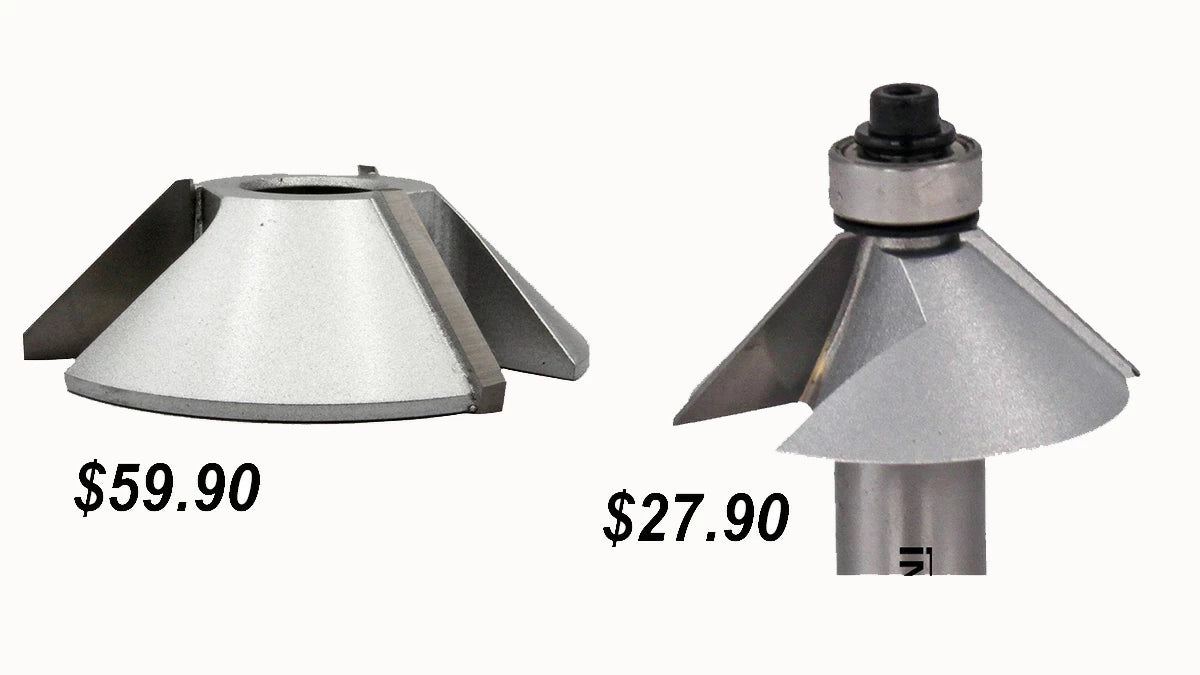
6. What about the cost of shaper cutters vs. router bits?
There's no question that purchasing cutter heads and knives for a shaper are an investment. But the trade-off is that you can cut larger profiles more quickly. Plus, shaper cutters typically last longer than router bits between sharpenings. Router bits, on the other hand, offer a wider selection of profiles at a lower cost.
The bottom line is, a shaper is the granddaddy of the router table. They perform similar functions. For heavy-duty use and faster production, a shaper is the tool of choice. The router table, on the other hand, is a must-have in any woodworking shop.


